Smoking Sections
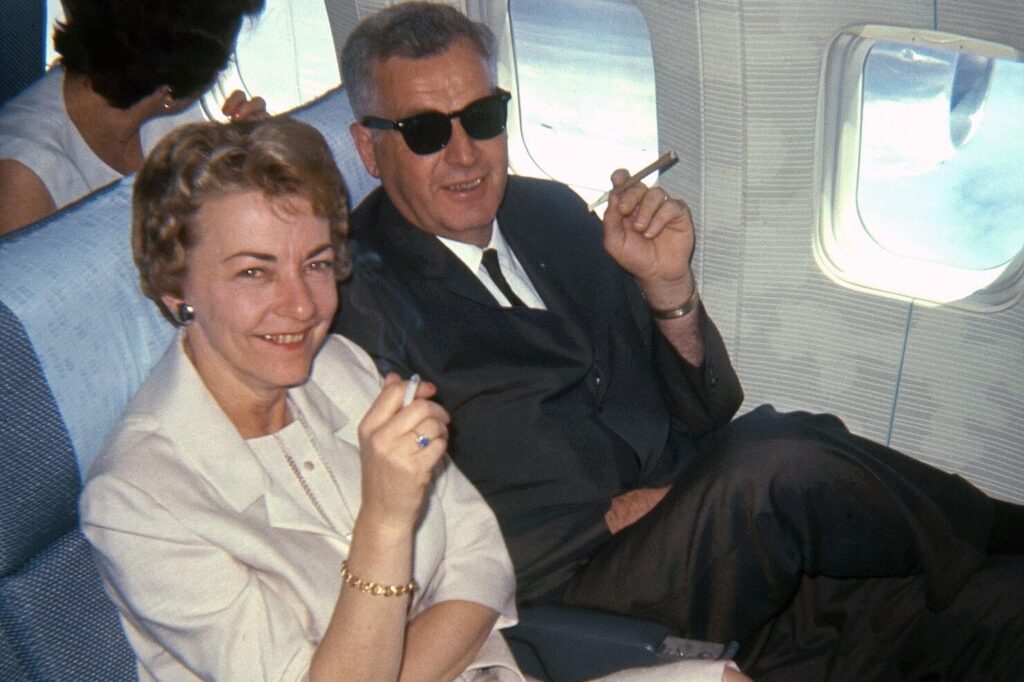
The presence of smoking sections is a stark contrast to today’s smoke-free flights. The shift reflects changing attitudes toward health and safety, highlighting how much air travel has evolved over the decades. Smoking was permitted on flights, with designated sections for smokers and non-smokers. However, the separation was often ineffective, as smoke would drift throughout the cabin. Despite growing health concerns, smoking on planes wasn’t fully banned until the late ’80s and beyond. Smoking was permitted on flights, with designated sections for smokers and non-smokers. There is still smoking on some airlines, but is limited and is not at all what it used to be.
Cockpit Visits During Flights
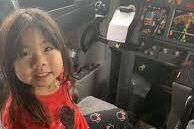
Children flying during the Golden Age of Travel were often given plastic pilot wings and invited to visit the cockpit during flight. This practice made young passengers feel special and sparked dreams of aviation careers. Flight attendants would pin the wings on children’s shirts, creating memorable moments. These interactions were more than just fun; they were educational and inspiring. Meeting the pilots and seeing the cockpit firsthand left lasting impressions on young minds, many of whom went on to pursue careers in aviation.
Free Playing Cards & Blankets
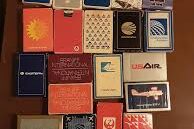
Airlines used to hand out complimentary decks of playing cards to passengers. These cards often featured the airline’s branding and were a popular way to pass the time during flights. Collecting these cards became a hobby for many travelers.
There were also blankets handed out on all flights. Some were quite yummy, with airline logos brandished on them that could accidentally end up in your carry-on and become a collectible years later :).
Full Meals in Coach
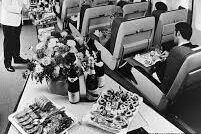
Back in the ’80s, even economy passengers were treated to full hot meals. Airlines like American Airlines offered dishes such as beef consommé and sautéed chicken in wine sauce, served on real china with metal cutlery. This level of service made flying feel luxurious, even in the back of the plane. The emphasis was on providing a pleasant dining experience, with meals thoughtfully prepared and presented. It wasn’t just about sustenance; it was about enhancing the overall travel experience. Today, such amenities are rare in economy class, making these memories all the more cherished.
Spacious Seats and Ample Legroom
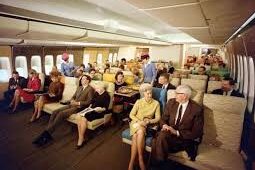
In the 1980s, airline seats offered more comfort with wider dimensions and greater legroom. Economy class seats typically had a pitch of 34 to 35 inches and a width of around 18 inches, providing passengers with a more relaxed flying experience. This contrasts with today’s standard economy seats, which often have a pitch of 31 inches and a width of 17 inches or less. The generous spacing in the ’80s allowed travelers to stretch out, reducing fatigue on long flights. The decline in seat size over the years has been a point of contention among passengers, with many advocating for regulations to ensure minimum seat dimensions for comfort and safety.
Included Checked Luggage
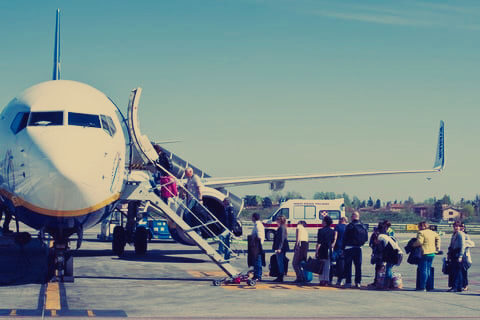
During the 1980s, the cost of airfare typically included checked luggage, eliminating the need for additional fees. Passengers could check their bags without worrying about extra charges, making the travel process more straightforward and budget-friendly. This inclusive approach to baggage handling simplified travel planning and reduced the stress associated with packing. In contrast, modern airlines often charge separate fees for checked luggage, leading to increased costs and the need for careful consideration of baggage allowances.
Complimentary Alcoholic Beverages

In the ’80s, many airlines offered free alcoholic beverages to passengers, even in economy class. It was common for flight attendants to serve wine, beer, or cocktails during flights, enhancing the overall travel experience. This practice added a touch of luxury and relaxation to air travel. Today, complimentary alcoholic drinks are typically reserved for premium cabins, with economy passengers often required to purchase them separately. The shift reflects changes in airline policies and cost-cutting measures over the years.
Dressing Up for Flights & Nice Uniforms on Stewardesses

Air travel was considered a special occasion, and both passengers and Flight Attendants (called Stewardesses at the time) dressed accordingly. Men wore suits or dress shirts, while women opted for dresses or elegant attire. This sense of formality added to the overall sophistication of flying during that era. The trend of dressing up for flights has diminished over time, with comfort taking precedence in modern travel attire. However, the elegance of past decades remains a nostalgic memory for many who experienced the golden age of air travel.
In-Flight Lounges

In the 1980s, some airlines transformed parts of their aircraft into social spaces. For instance, Continental Airlines introduced “Pub Flights” on their DC-10s, featuring fully stocked bars where passengers could mingle, play games, and enjoy films. Flight attendants even served as bartenders, mixing drinks at cruising altitude. These lounges provided a unique opportunity for passengers to stretch their legs and socialize, turning the flight into a more communal experience. Such amenities are rare today, making these memories all the more cherished.
Seat Switching
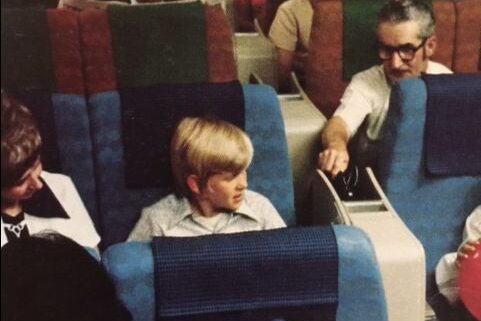
During flights in the 1980s, passengers often switched seats to sit with friends or family, or simply to find a more comfortable spot. This practice was generally accepted and facilitated by the more relaxed seating policies of the time. The flexibility allowed travelers to make their journey more enjoyable. Today, with stricter seating assignments and policies, such spontaneous seat changes are less common, reflecting the evolving nature of air travel.
Paper Tickets
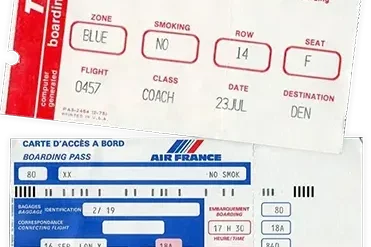
Before the digital age, travelers relied on paper tickets for their flights. Losing one could disrupt travel plans, as the ticket was essential for boarding and verifying reservations. Airlines had procedures for lost tickets, but they often involved fees and delays.
The tangible nature of paper tickets added a level of responsibility to travel preparations. While digital tickets have streamlined the process, some travelers miss the physical keepsake that a paper ticket provides.
Shared Entertainment
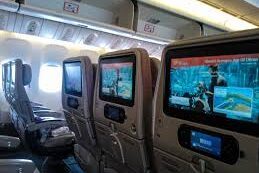
In-flight entertainment in the 1980s typically involved shared overhead screens displaying movies for the entire cabin. Passengers used airline-provided headphones, often with a dual-prong design, to listen to the audio.
This communal viewing experience was a standard part of flying, creating a shared atmosphere among passengers. While individual screens and personal devices have become the norm, the collective experience of watching a movie together is a nostalgic memory for many.
Frequent Flyer Miles Changed Things, Too
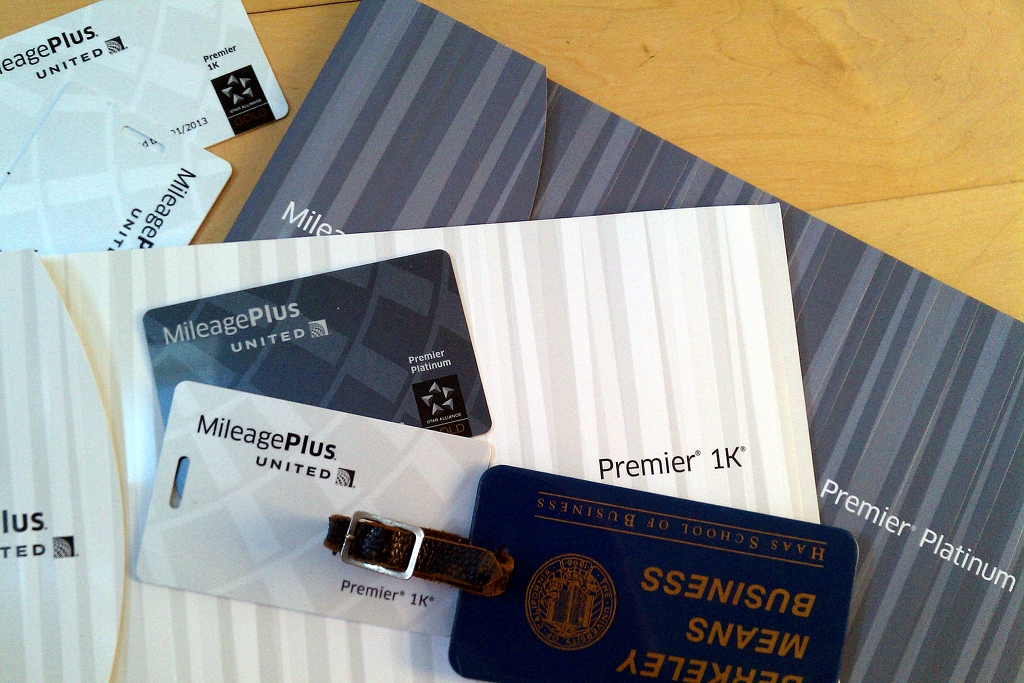
Airlines began introducing frequent flyer programs to reward loyal customers. American Airlines launched its AAdvantage program in 1981, allowing passengers to accumulate miles for free flights and upgrades. United Airlines quickly followed with its MileagePlus program. These initiatives transformed air travel into a more personalized experience, encouraging repeat business.
The success of these programs led to widespread adoption across the industry. Delta introduced its SkyMiles program, and other airlines developed similar loyalty schemes. Over time, these programs evolved to include partnerships with hotels, car rental companies, and credit card issuers, offering travelers more ways to earn and redeem miles.
Gate Access for All

Before heightened security measures, friends and family could accompany passengers all the way to the gate. This allowed for heartfelt goodbyes and enthusiastic welcomes right at the boarding area. Airports were more accessible, fostering a communal atmosphere.
The open access to gates made air travel feel more inclusive and less stressful. Loved ones could share in the excitement of departure and arrival, making the airport experience more personal and engaging.
Light Security Measures
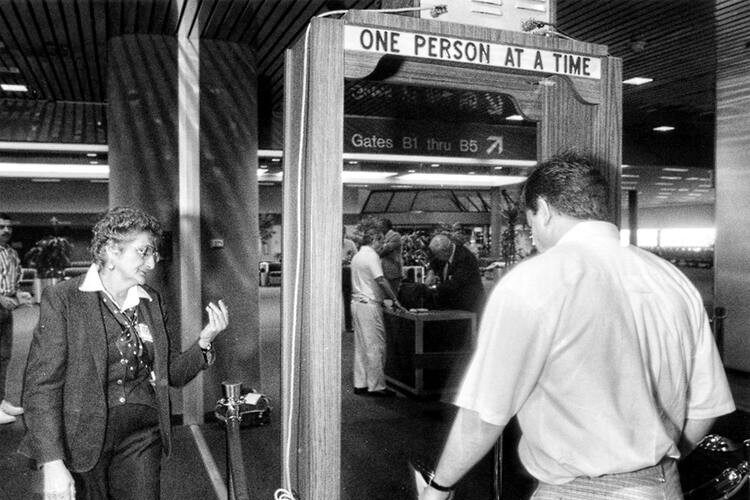
Airport security in the 1980s was minimal compared to today’s standards. Passengers could pass through metal detectors without removing shoes or belts, and ID checks were not always required. This streamlined process made for quicker and more relaxed boarding experiences.
The less intrusive security measures contributed to a more pleasant travel atmosphere. While safety was still a priority, the procedures were less burdensome, allowing passengers to focus on the excitement of their journey.
This story 15 Things That Were Totally Normal on Flights in the ’80s was first published on Daily FETCH


